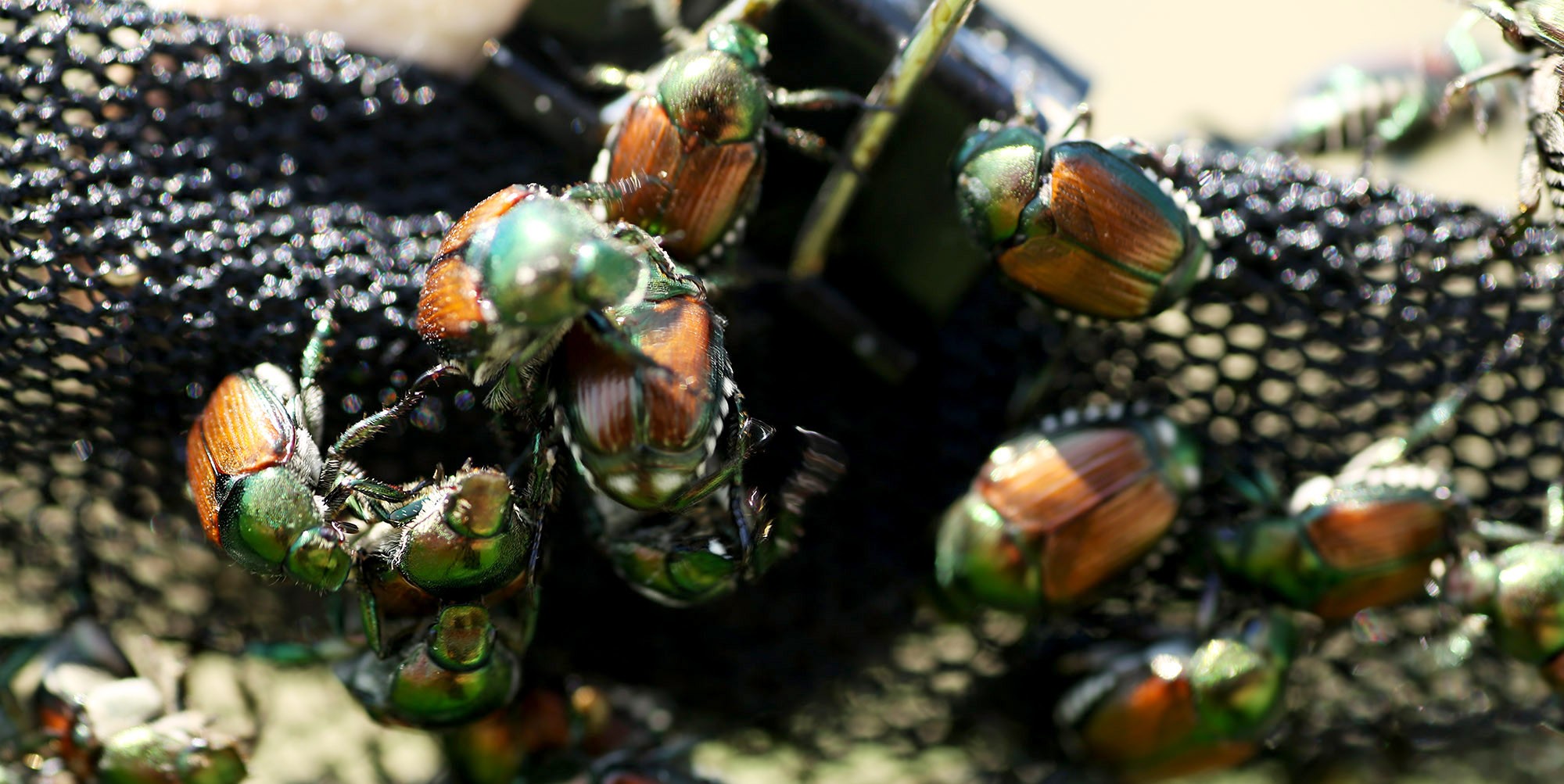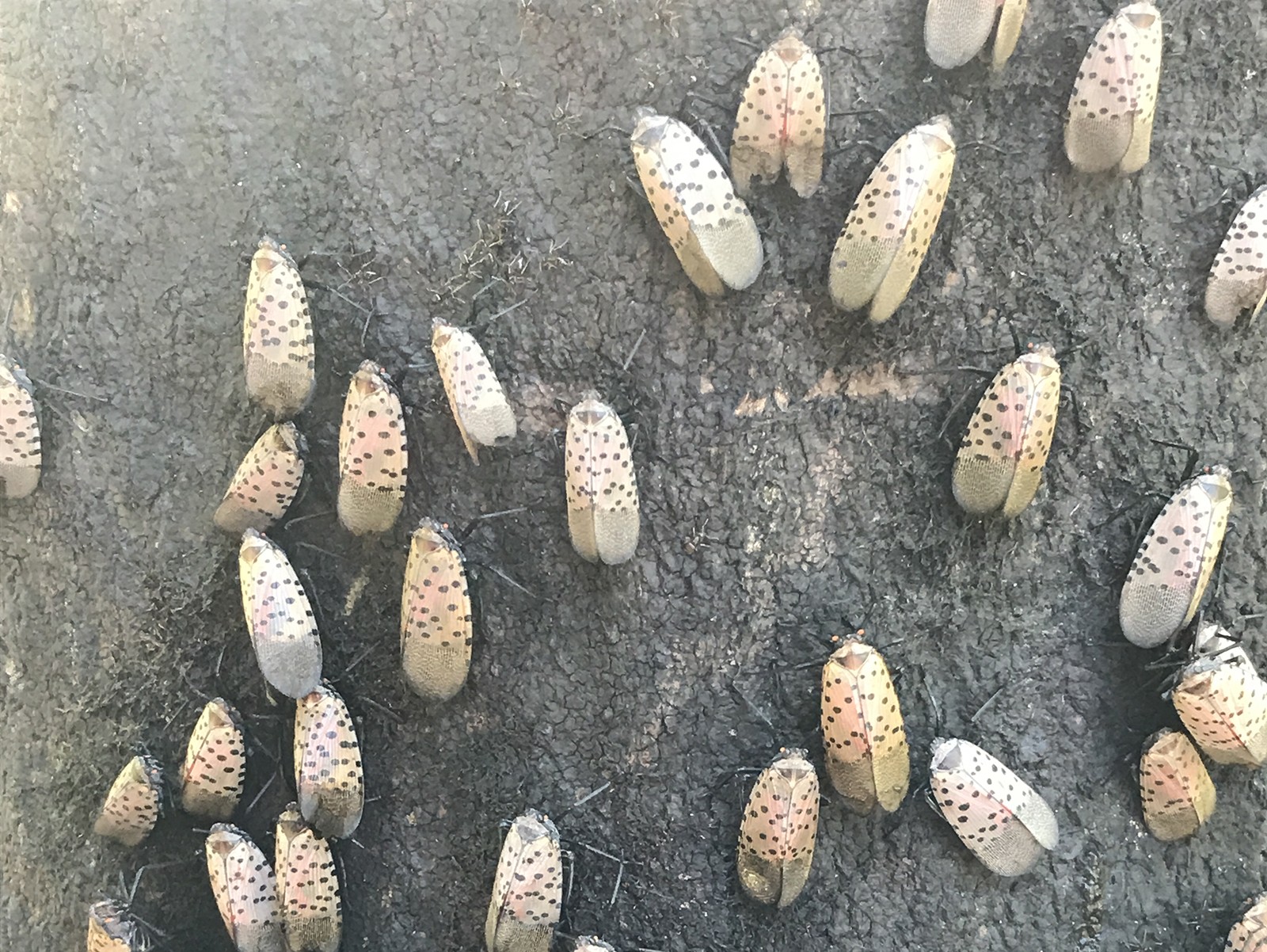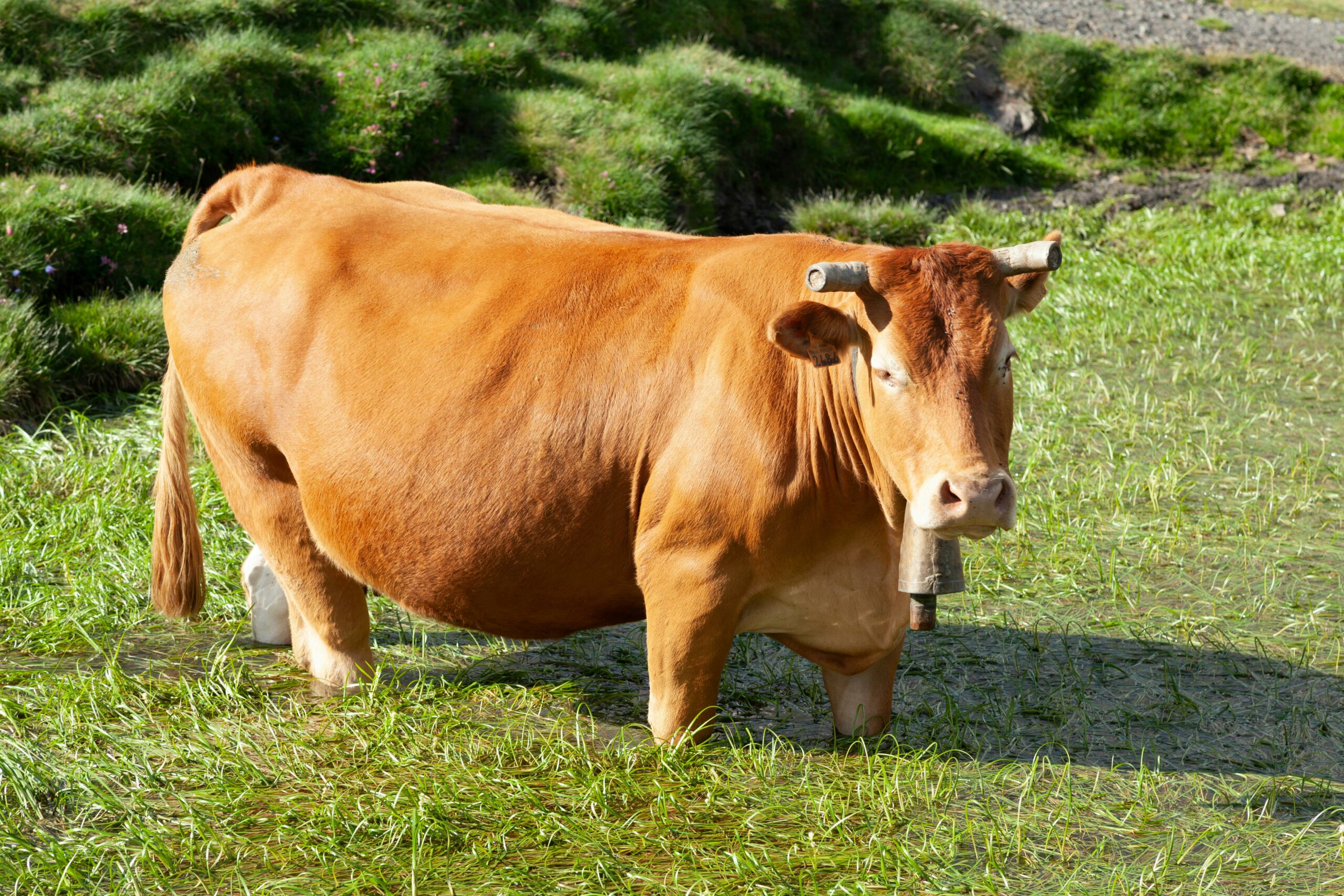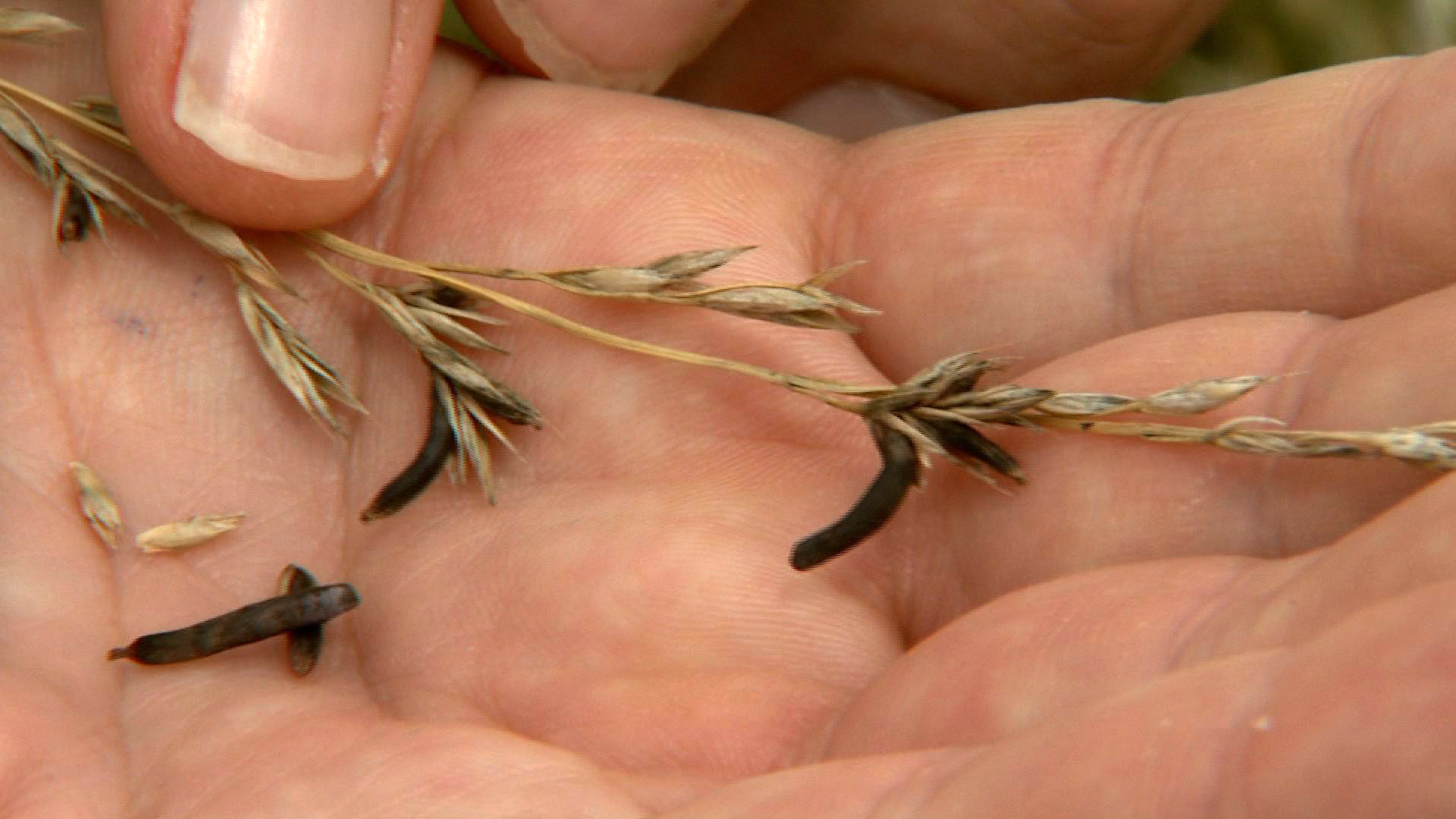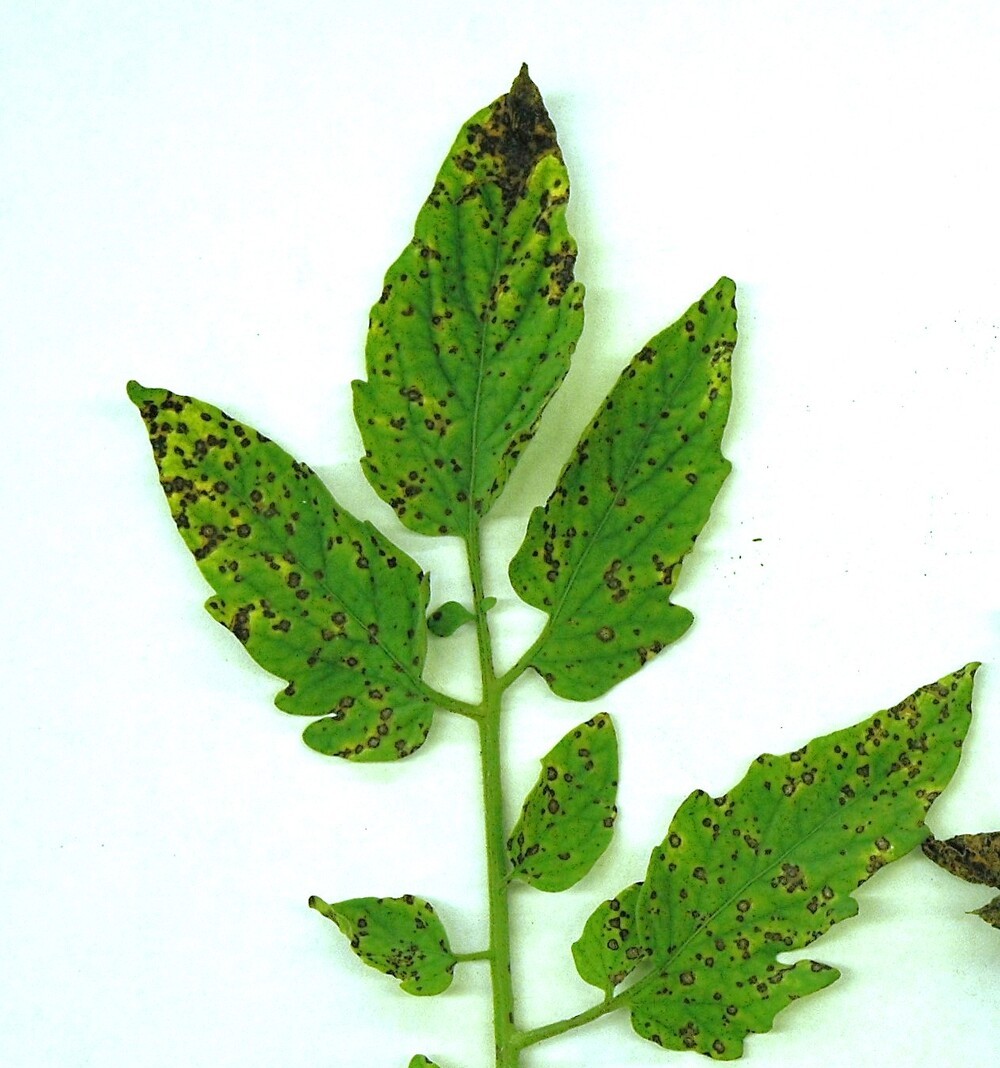Missouri’s Columbia. According to MU Extension crops entomologist Ivair Valmorbida, the University of Missouri Integrated Pest Management has captured its first Japanese beetles of the season.
According to MU’s Pest Monitoring Network, which compiles data from all throughout the state, the beetles were found in Stoddard, Barton, Christian, and Holt counties.
Growers of corn and soybeans are advised by Valmorbida to start surveying fields since Japanese beetles are very mobile.
The higher canopy leaves are the primary food source for adult Japanese beetles, which defoliates soybeans. Veins remain intact when the leaves skeletonize.
Since it is challenging to differentiate between different types of feeding injury, insecticide treatments for soybeans are dependent on growth stage and degree of defoliation, including damage from other defoliators.
When defoliation is anticipated to surpass 30% prior to bloom (V1-R2 growth stages), 10% from pod development to pod fill (R3-R5), and 15% at the R6 (full seed) growth stage, foliar insecticides are advised.
In maize crops, Japanese beetles are regarded as a pest as well. According to Valmorbida, they can cut the corn silks that are essential for pollination, which may result in a slight decrease in yield. According to him, corn should receive foliar pesticide treatment if three requirements are satisfied:
- There s an average of three or more beetles per ear.
- Silks have been clipped to less than 0.5 inch.
- Pollination is less than 50% complete.
An alert system for Japanese beetles and other pests is available on the MU Extension pest monitoring website. You can sign up for alerts by emailing [email protected] or visiting https://ipm.missouri.edu.
Valmorbida suggests the following books:
-
Biology and Management of Japanese Beetle, MU Extension,
https://extension.missouri.edu/publications/g7412
.
-
Biology and Management of Japanese Beetle in Corn and Soybean, Journal of Integrated Pest Management,
https://academic.oup.com/jipm/article/10/1/9/954734
.
